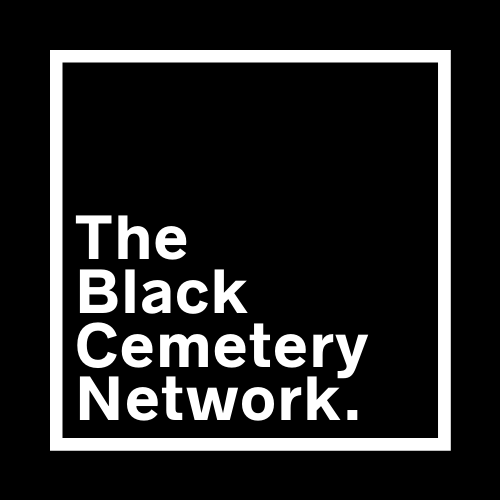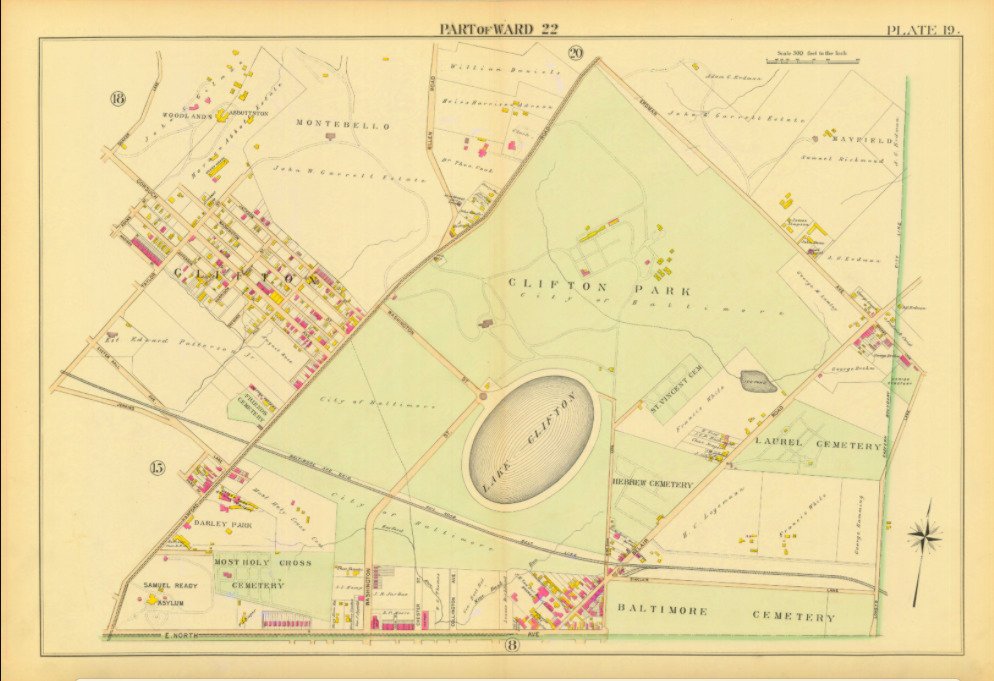LAUREL CEMETERY
Site Brief:
Founded: 1852
Location: Baltimore, MD
Additional name(s): None
Affiliate group(s): None
History:
Laurel Cemetery was incorporated in 1852 as a nondenominational cemetery for African Americans of Baltimore, Maryland. In its early years, it was a premier burial site for people across Black Baltimore’s socioeconomic spectrum. However, by the 1930s, the site was overgrown and garbage strewn due to years of improper maintenance by the cemetery’s owners. In response to local neighborhood complaints and economic motivations on the part of the owners, legislation was successfully introduced by a local politician in 1957 to allow the demolition and sale of the property for commercial purposes. Although lot owners and NAACP lawyers petitioned to stop the demolition, the bulldozing proceeded following the removal of a few hundred graves to a new Laurel Cemetery site approximately fifty (50) miles away in Carroll County, Maryland. Today, the Belair-Edison Crossing shopping center occupies the footprint of the old cemetery. In the case of Baltimore’s Laurel Cemetery, the absence of historical memory and material culture signifying the existence of an important historical site is compelling. Although Baltimore’s history shows the loss of many cemeteries regardless of race or ethnicity, the size of the property (22 acres), number of burials, notoriety of individuals, and legal opposition to demolition make the Laurel Cemetery stand out as an important case study with broad implications. In particular, the overall number of burials is an important aspect of the site. The exact number will never be known as cemetery records were lost and Baltimore City death certificates do not start until 1875. Additionally, the property was known to have been used as a burial site for free and enslaved African Americans prior to its formal 1852 incorporation. Despite these blind spots, our review of Baltimore City death certificate has thus far revealed more than 13,000 burials from Laurel Cemetery (after a search of less than 30% of relevant records). At this point, it is safe to estimate that more than 20,000 burials will be revealed solely from available death certificate records.
BCN Contact Information:
Elgin Klugh
eklugh@coppin.edu
http://laurelcemetery.omeka.net/


